Stuff
I have been opening an unending stream of Amazon Prime packages and trying on all manner of sneakers and boots and gloves and long johns in preparation for the big Emperor Penguin attempt. We fly next Monday.
News on the Galapagos Front/Limit 12/Openings: 3
Right now I have nine folks committed to the 2019 Galapagos Photo Cruise. A friend who had committed to the trip learned that he and his wife might not be able to attend. Thus, I have room for a couple or for two same-sex roommates, and for a male single. If the archipelago is on your bucket list, please get in touch via e-mail asap with questions. If you might be registering with a friend or a spouse do ask about the two at a time discount. See the complete details here.
BIRDS AS ART
BIRDS AS ART is registered in the U.S. Patent and Trademark Office.


|
|
|
This image was created on the 2018 UK Puffins and Gannets IPT on the afternoon of July 8, 2018. I used the Induro GIT 304L/Mongoose M3.6-mounted Nikon AF-S NIKKOR 600mm f/4E FL ED VR lens, the Nikon AF-S Teleconverter TC-17E II, and my souped up (9 fps) mega mega-pixel Nikon D850 DSLR.. ISO 800. Matrix metering +2/3 stop: 1/400 sec. at f/11 in Manual mode. AUTO1 WB at 3:42pm on cloudy-bright afternoon. Three to the left and three up from the center AF point/d-9/Shutter Button/Continuous (AI Servo in Canon) AF was active at the moment of exposure. Phase detection AF Fine-tune value: +1. See the Nikon AF Fine-tune e-Guide here. Image #1: Out-of-focus Atlantic Puffin with food for young |
Nikon Long Lens/TC-E (teleconverter) AF Problem Illustrated
As I have been reporting here from the get-go, Nikon long lenses when used with all three TC-Es (teleconverters) often have a problem acquiring and/or holding AF. The problem gets worse as you move the AF point away from the center AF point but it does occur at times even when you are using the center AF point. You will of course have fewer problems with the TC-E 14 III than with the TCE-17 II. With the TC-E20 you can expect problems more often than not. The image below was made less than a minute before the out-of-focus image above. As always, AF has a better chance when the AF point is on an area of higher contrast rather than when it is on an area of lower contrast.
|
|
|
This image was created on the 2018 UK Puffins and Gannets IPT on the afternoon of July 8, 2018. I used the Induro GIT 304L/Mongoose M3.6-mounted Nikon AF-S NIKKOR 600mm f/4E FL ED VR lens, the Nikon AF-S Teleconverter TC-17E II, and my souped up (9 fps) mega mega-pixel Nikon D850 DSLR.. ISO 800. Matrix metering +2/3 stop: 1/400 sec. at f/11 in Manual mode. AUTO1 WB at 3:41pm on cloudy-bright afternoon. Three to the left and three up from the center AF point/d-9/Shutter Button/Continuous (AI Servo in Canon) AF was active at the moment of exposure. Phase detection AF Fine-tune value: +1. See the Nikon AF Fine-tune e-Guide here. Image #2: Atlantic Puffin with food for young/full frame |
A Sharp One With the Same Gear
With this image the selected AF point was on the left edge of the puffin’s bill. With the subject relatively far away, this yielded enough depth-of-field to render the bird’s bill and eyes as well as the fish sharp. Notice too that as the background was a good ways from the subject that no background detail was brought up. The problem with the AF acquiring and then losing and then re-acquiring is that you may miss some really good poses. Had the out-of-focus image been sharp, it looks as if I would have preferred it to this one with the bird’s head turned to our right … C’est la vie.
|
|
|
This image was created on the 2018 UK Puffins and Gannets IPT on the afternoon of July 8, 2018. I used the Induro GIT 304L/Mongoose M3.6-mounted Nikon AF-S NIKKOR 600mm f/4E FL ED VR lens, the Nikon AF-S Teleconverter TC-17E II, and my souped up (9 fps) mega mega-pixel Nikon D850 DSLR.. ISO 800. Matrix metering +2/3 stop: 1/400 sec. at f/11 in Manual mode. AUTO1 WB at 3:41pm on cloudy-bright afternoon. Three to the left and three up from the center AF point/d-9/Shutter Button/Continuous (AI Servo in Canon) AF was active at the moment of exposure. Phase detection AF Fine-tune value: +1. See the Nikon AF Fine-tune e-Guide here. Image #3: Atlantic Puffin with food for young/cropped |
The Final Image
Because the bird had its head turned so that it was looking out of the frame, I decided to crop to a vertical. I tried to leave the same amount of room on each side of the bird’s breast. WDYT?
D850 Image Quality
With the outstanding image quality of a sharp D850 image, you can execute even large crops with impunity. The cropped master file here is still 57.2 MBs.
Your Favorite
Which image do you prefer, Image #1 or Image #2? Do let us know why you made your choice.
|
|
Images and card design copyright: Arthur Morris/BIRDS AS ART. All of the images on this card were created on the 2018 UK Puffins and Gannets IPT |
The New, Expanded 2019 UK Puffins and Gannets IPT. Thursday June 27 (from EDI) through Tuesday, July 9, 2019 (on the ground; fly home on Wednesday July 10.): $9,999. Limit 10 photographers. Co-leader: Peter Kes.
Join me in the UK in late June and early July 2019 to photograph Atlantic Puffin, Common Murre, Razorbill, Shag, and Northern Gannet, Red Kite, and more both in flight and at close range. We will also have great chances with Arctic and Sandwich Terns, both with chicks of all sizes; Black-headed, Lesser-Black-backed, and Herring Gulls, many of those chasing puffins with fish; Black-legged Kittiwake with chicks; plus Grey Seal. There will be tons of great flight photography. As on all IPTs, if you pay attention, you will learn a ton, especially about sky conditions and the relationship between light angle and wind direction and their effects on flight photography.
Why go all the way to Machias Seal Island off the coast of Maine, endure a two-hour boat ride, and have to photograph Atlantic Puffins from a cramped blind usually in bright sun (and well off sun angle) when you can hop a red-eye flight from Newark, NJ and be in Edinburgh, Scotland early the next morning. First we drive down to Bridlington for easy access to Bempton Cliffs where our primary targets will be Northern Gannet in flight. We will also get to photograph Razorbill, Northern Fulmar, Herring Gull, and Black-legged Kittiwake. While in Bridlington we will spend one afternoon visiting a Red Kite feeding station that should provide lots of flight photography action.
While in Bridlington we will staying at the Lobster Pot by Marston’s Inn, just fifteen minutes from Bempton Cliffs. After 3 1/2 days of photography at there, we drive down to Seahouses in Northumberland to the two lodges that will be our home base for a week. After a short boat ride each day we will have hundreds of puffins posing at close range all day, every day — usually in ideal cloudy-bright conditions. While we are in Seahouses we will do six puffin/seabird trips, all weather permitting of course; last year we did not miss a single landing. In five years we have averaged losing less than one half day per year to bad weather. We land at Staple Island in the mornings and then sail over to Inner Farnes for our afternoon sessions. In addition, we may enjoy a session or two photographing nesting Black-legged Kittiwakes at eye level from a rocky beach in Seahouses.
In Seahouses, we stay 7 nights in gorgeous, modern, upscale lodges with Wi-fi. They are beyond lovely with large living areas and lots of open space for the informal image sharing and Photoshop sessions. The bedrooms are decent-sized. Each lodge has one double bedroom and two twin bedrooms. (See the single supplement info below.) At the lodges we cook our own breakfasts each morning and prepare our own lunches to be brought on the six puffin boat trips. For dinners we will alternate cooking in the lodges with fine dining at several excellent local restaurants. We stay two nights at the Marston’s Inn in Dunbar. We will enjoy a fine-dining Thank You dinner at the Dunbar Hotel on the Tuesday evening before we fly home.
On the morning of Monday, July 8, 2019, the plan is to sleep late, pack, and head up to Dunbar Harbor, Scotland for lunch and an afternoon gannet boat chumming trip: flight photography until you cannot lift your camera. The next morning, Tuesday July 9, we will enjoy our second gannet boat chumming trip (both weather permitting). On both trips we will enjoy great views of the huge gannetry at Bass Rock. Included will be two nights lodging at the Pine Martin by Marston’s Inn in Dunbar. Very early on the morning of Wednesday, July 10, we will drive up to Edinburgh Airport so that everyone can make their flights home. No moaning please. You will need a flight that leaves at 8:30am or later. Not too much later is generally best. Note: this trip needs a minimum of four photographers to run.
|
|
Images and card design copyright: Arthur Morris/BIRDS AS ART. All images were created on the 2017 UK Puffins and Gannets IPT |
The Details
This IPT is all-inclusive except for your airfare and alcoholic beverages. All ground transportation, lodging costs, meals, your National Trust membership, and all boat, entry, and landing fees are included. Weather permitting, we will enjoy three and one-half days (at least six sessions in all) at Bempton Cliffs, an afternoon with the Red Kites, six full days on the puffin boats, one amazing afternoon gannet chumming trip, and one spectacular morning gannet chumming trip. The trip cannot be finalized until I have at least six deposits as we will be renting a lovely 15-passenger bus with our private professional driver who happens to be my web-master, Peter Kes, who is also a skilled photographer and my co-leader 🙂
IPT Details
If you are good to go sharing a room–couples of course are more than welcome, heck, we actually need two couples — please send your non-refundable $2,000/person deposit check now to save a spot. Please be sure to check your schedule carefully before committing to the trip and see the travel insurance info below. Your balance will be due on February 28, 2019. Please make your check out to “Arthur Morris” and send it to Arthur Morris/BIRDS AS ART, PO Box 7245, Indian Lake Estates, FL, 33855.
Please shoot me an e-mail if you are good to go or if you have any questions.
Single Supplement Info
Single supplement rooms in Bridlington and Dunbar are available for those who register early. The cost of the single supplement for those six nights is $600.00. Single supplement rooms at the lodge may be available on a limited basis but only if the trip does not fill with ten photographers. The single supplement fee for those seven nights is $700. If you would like your own room in Bridlington and Dunbar, please request it when making your deposit and include payment in full for the single supplement with your deposit: $2,600.00. The single supplement deposits are non-refundable as I will need to make the reservations well in advance.
Travel Insurance
Travel insurance for big international trips is highly recommended as we never know what life has in store for us. I strongly recommend that you purchase quality insurance. Travel Insurance Services offers a variety of plans and options. Included with the Elite Option or available as an upgrade to the Basic & Plus Options you can also purchase Cancel for Any Reason Coverage that expands the list of reasons for your canceling to include things such as sudden work or family obligation and even a simple change of mind. My family and I use and depend on the great policies offered by TIS whenever we travel. You can learn more here: Travel Insurance Services. Do note that many plans require that you purchase your travel insurance within 14 days of our cashing your deposit check or running your credit card. Whenever purchasing travel insurance, be sure to read the fine print carefully even when dealing with reputable firms like TSI.
I truly hope that you can join me on this exciting venture.
Help Support the Blog
Please help support my efforts here on the blog by remembering to click on the logo link above each time that you shop Amazon. That would be greatly appreciated. There is no problem using your Prime account; just click on the link and log into your Prime account. With love, artie
If In Doubt …
If in doubt about using the BAA B&H affiliate link correctly, you can always start your search by clicking here. Please note that the tracking is invisible. Web orders only. Please, however, remember to shoot me your receipt via e-mail.




Please Remember to use my Affiliate Links and to Visit the New BAA Online Store 🙂
To show your appreciation for my continuing efforts here, we ask, as always, that you get in the habit of using my B&H affiliate links on the right side of the blog for all of your photo and electronics purchases. Please check the availability of all photographic accessories in the New BIRDS AS ART Online Store, especially the Mongoose M3.6 tripod head, Wimberley lens plates, Delkin flash cards and accessories, and LensCoat stuff.
As always, we sell only what I have used, have tested, and can depend on. We will not sell you junk. We know what you need to make creating great images easy and fun. And please remember that I am always glad to answer your gear questions via e-mail.
I would of course appreciate your using our B&H affiliate links for all of your major gear, video, and electronic purchases. For the photographic stuff mentioned in the paragraph above, and for everything else in the new store, we, meaning BAA, would of course greatly appreciate your business. Here is a huge thank you to the many who have been using our links on a regular basis and those who will be visiting the New BIRDS AS ART Online Store as well.
Be sure to like and follow BAA on Facebook by clicking on the logo link upper right. Tanks a stack.
Typos
In all blog posts and Bulletins, feel free to e-mail or to leave a comment regarding any typos or errors. Just be right :).

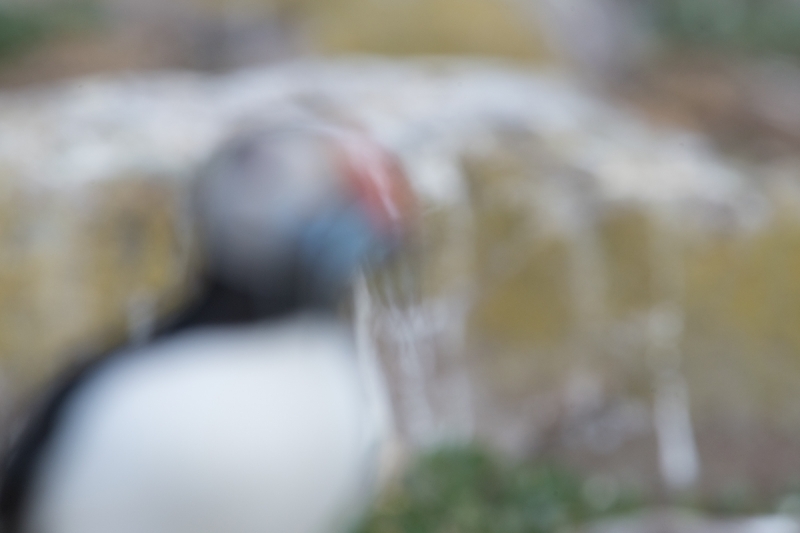
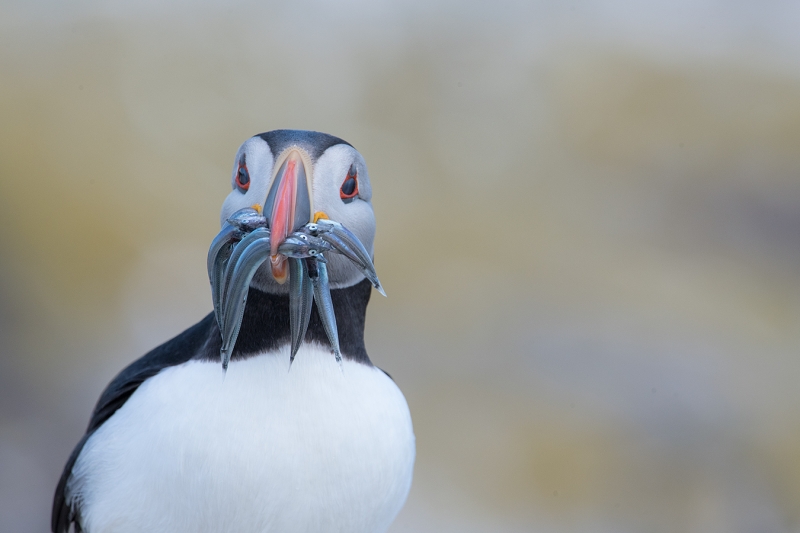
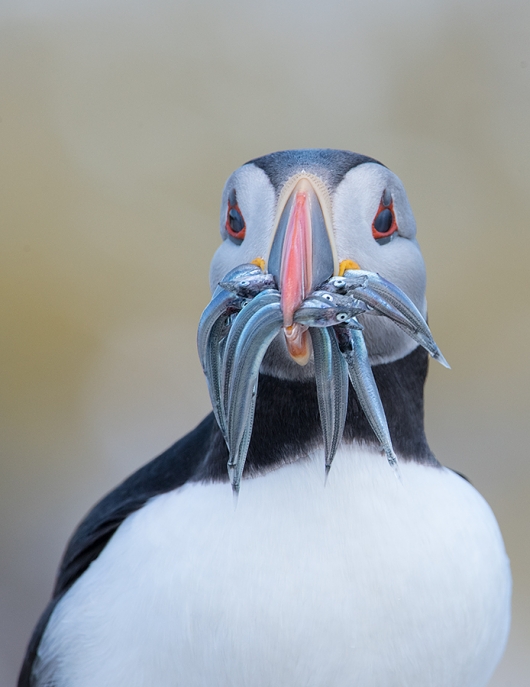
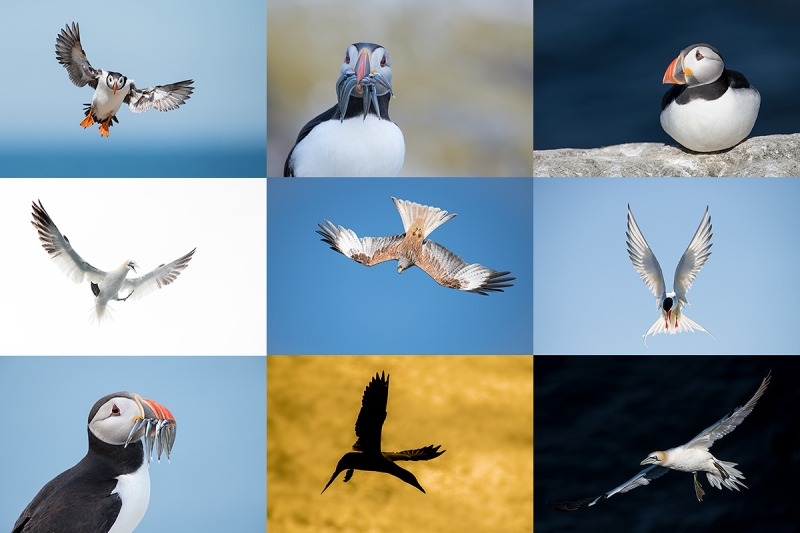
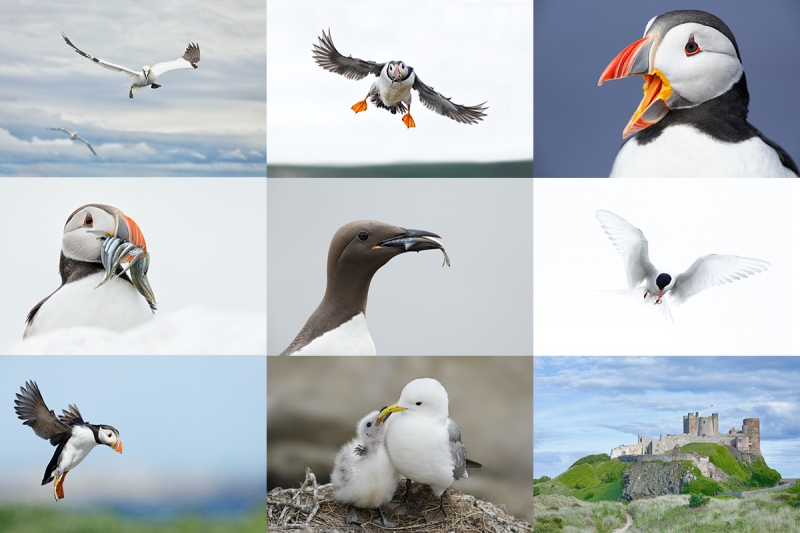













Thanks Artie!
Would it be possible to program the Pv and Fn 1 buttons on the D850 to give different AF modes? With your finger on the shutter button you can rest your 2 next fingers permanently on these buttons. I’m just asking and have not experimented with either. YET!
As far as I know, there is no solution to the problem. The only way to change AF modes with Nikon is to push that ridiculously situated button 🙂
a
Re: AF. If you go through Steve Perry’s approx 500 page PDF on Nikon AF systems, he sets up Af/on back button focus with the centre point selected. He then makes the next button on the D850 (sub selector button) select “Group”. That is 4 surrounding the central sensor. He explains – the more AF points – slower the AF speed. However you can make that sub selector button your next favoured AF (i.e Any of them). The point is that if you lose AF with the central sensor you can almost instantly get a different group of sensors by moving your thumb the shortest possible distance. He’s darned good at it, so that is why he selects “centre” and “group” as his 2 choices (i.e the 2 lowest number of sensors therefore the 2 fastest responders). You may want a larger spread if your tracking is not up to it. I just got a new D850 so have been doing a lot of reading! If I’ve got this wrong, please let me know.
He does that so that he can switch from on AF mode to another quickly. He does not do it for improved AF with TCs. I have tried both single point and Group with long lenses and TCs and had problems with both. Elsewhere in the comments many folks are saying the the problem is lessened by going to more AF points.
IAC, one of the glaring problems with the Nikon system — as I have been saying from the very beginning — is that you have to press and hold a button on the front left of the camera body and turn a dial to toggle through the AF modes. Nikon might want to be embarrassed by that. With Canon it is simple. With Nikon it is near impossible to do when you are hand holding a 200-500 …
I hope that you used one of my links to purchase your D-850 🙂
with love, artie
I prefer image 2. I like the eye contact in the tighter crop – especially with the fish. Nice shot.
I’d say keep it horizontal and just crop it a bit to straighten out the puffin and leave a little less space to the right. Then you have some nice soft background, which is always pleasing to my eye.
But then again, I’m a sucker for cropping in real tight. My friend told me, “you’re right up in their grill”!
Depends on what day it is….
Artie, I have discovered with my Nikon D500 and my Nikon 200-500 f/5.6 lens and using my Nikon TC-14E is not very deep exposure at f/11 when zoomed all the way. If I am doing that I have my focus set more like f/14 or higher and it is sharp a little deeper.
My problem is not with sharpness — the system has trouble acquiring and holding focus …
artie
ps: I have no idea what you mean by this:
Moving to a larger Dynamic group helps a lot for off centre TC work…D9 is fairly small…just moving to D25 helps.
But I’m more interested in learning about your Emperor Penguin trip…did you make a blog post about the trip already? I would love to learn more about it as it has always been a dream of mine (I’ve already done the Falklands, SG, Antarctica type trip).
I have had the same problem with d-25 and d-72 but will continue to experiment.
Here is all that you need to know: if you have to ask about the cost you do not want to know. And best of all, there is no guarantee that we will get to the colony …
a
Cost is not an issue. I’ve researched one trip that is ~$50K…flying in to a base, then smaller plane as weather permits to the colony, then camping with the Emperors, no ships involved. I was hoping to learn if the one you are going on is similar or one of the boat based/helicopter trips and what it involves. Thanks.
Boat-based helicopter. With luck.
a
ps: all involve 1+ mile walks over the ice each way 🙂
Artie try using D153 and you get better focus with the off center points with lenses slower than 5.6, at least that is what I have found. Just don’t take the focus point all the way to the dots (the focus area boundary)
Thanks Lewis, I did try the 153 as you suggested but just did not like it with or without the TC-Es. Perhaps I should try it again …
with love, artie
Is the AF/teleconverter issue specific to the D850 or does it also occur with the D5?
For me, with both.
a
Good day Artie! I prefer Image #2. I like the tighter framing. If the puffin had been looking to it’s left, image right, I might have liked Image #1 a little better. In my opinion, the space to the right in that image doesn’t provide any information and therefore, doesn’t add to it. Also, the puffin is looking straight ahead and, to me, that leads me to the tighter crop.
Artie,
I think you placed the vertical crop located in the frame as you did to keep the head slightly to the right in the frame and not in the center as the head is turned slightly to the left side of the frame (you stated that was why you cropped in the first place).
I like the cropped image better as I don’t prefer how much of the frame is empty. Gotta love having all of that resolution to enable the vertical crop (when we should have shot vertical in the first place!)
Regardless, the images are beautiful……I really need to commit to making that trip!!
Good stuff and thanks.
a